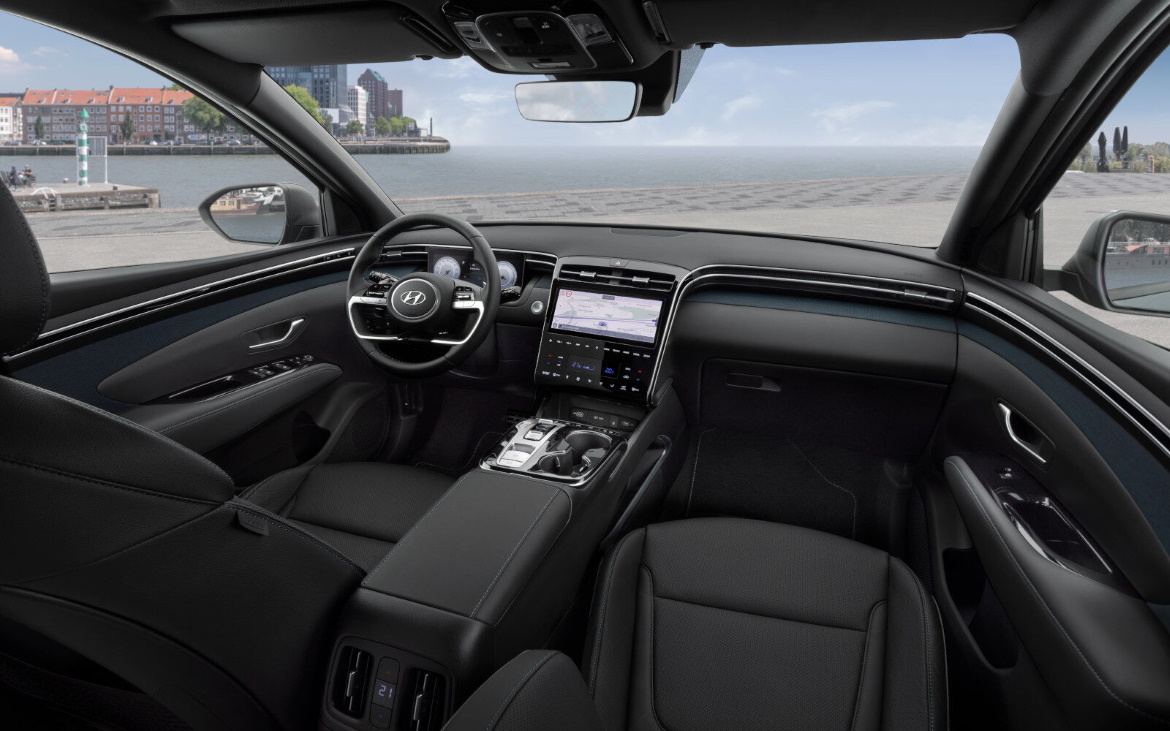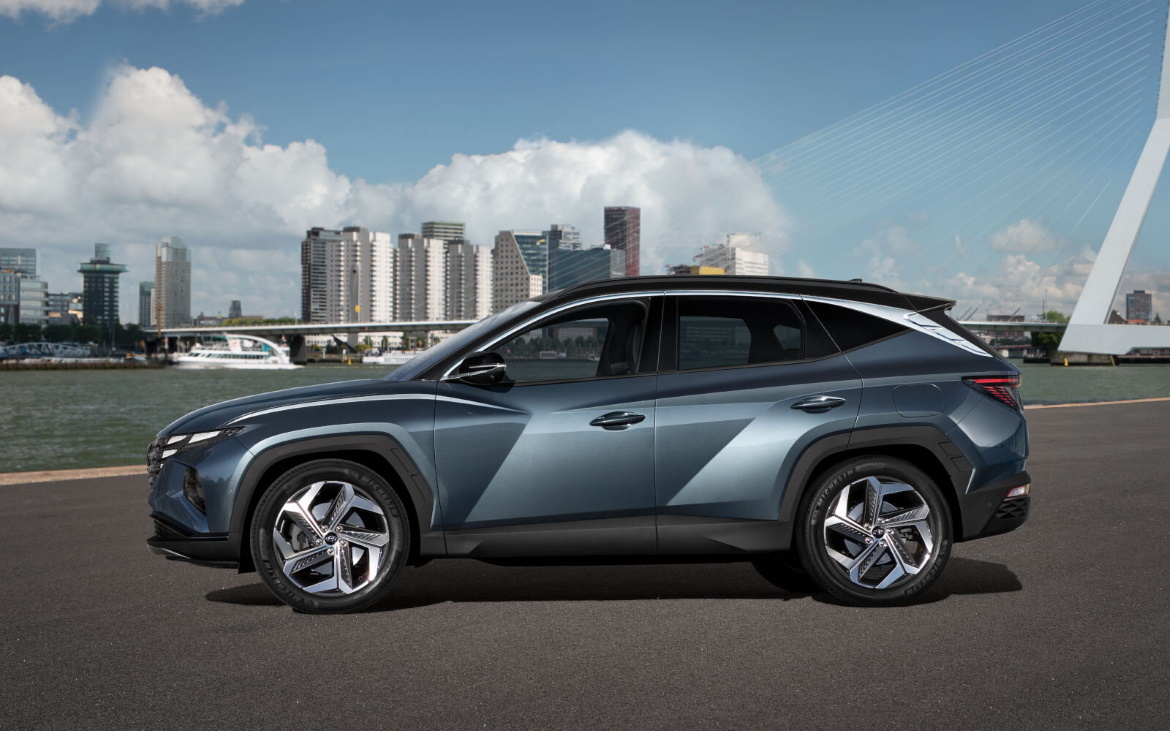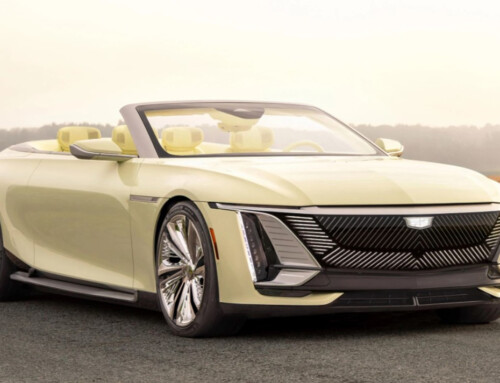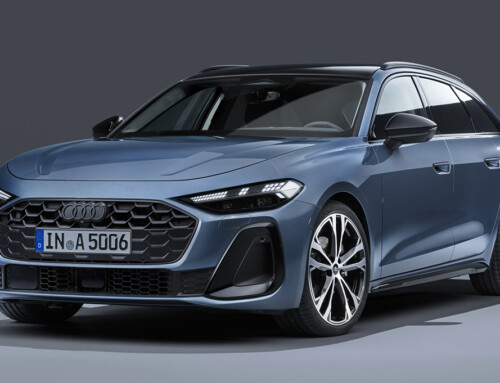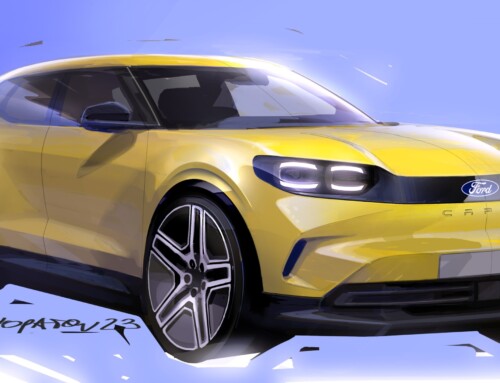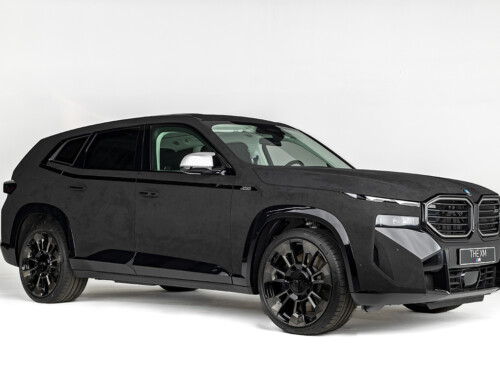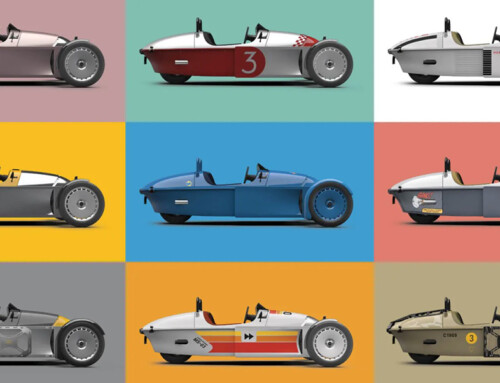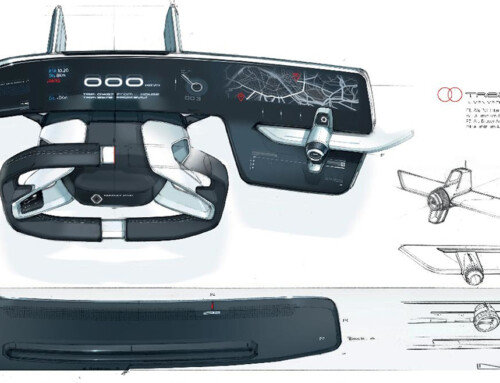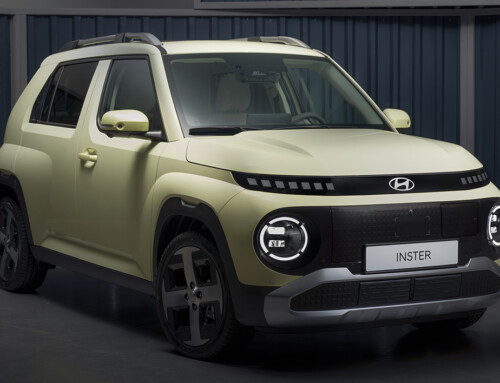Hyundai has unveiled the new generation of Tucson, characterised by innovative and experimental design combined with cutting-edge technology. Tucson is the fourth generation of Hyundai’s best-selling SUV, which has sold over 7 million units worldwide since its launch in 2004. More than just an evolution of the previous model, the Tucson represents a real revolution for Hyundai in terms of design. In general, the model has a longer and wider body than the third generation, showing a more muscular appearance thanks to the combination of sharp edges, contoured surfaces and dynamic proportions, which ensure a future-proof look.
The car is the brand’s first new Suv to be developed according to Hyundai’s new design language, “Sensuous Sportiness”, characterised by the harmony of four fundamental elements: proportion, architecture, style and technology. Its aim is to give a sensual and emotional touch to vehicles, built with innovative technologies and solutions. “Sensuous Sportiness’s mission is to elevate the emotional qualities of automotive design. We want our customers to feel emotional. With the new Tucson we introduce the latest evolution of the new one and contribute to Hyundai’s unstoppable momentum on the future,” says SangYup Lee, Senior Vice President and Head of the Hyundai Global Design Center.
The new Tucson is inspired by the Vision T concept car presented at AutoMobility in Los Angeles in 2019. Hyundai’s design process, called “Parametric Dynamics”, uses digitally generated lines, surfaces, angles and shapes to create an impact design. The result is a series of motifs called “Parametric Jewels” that appear in numerous stylistic elements of the SUV and give it an innovative character. The most visible demonstration of this new process is evident in the front grille, where the Parametric Hidden Lights provide a strong visual impact. When the lights are turned off, the front of the car appears to be covered by dark geometric patterns, which do not allow the daytime running lights integrated in the same mask to stand out.
Inside, the digital revolution has arrived. The evolution of the interior has led to a lowered display compared to the classic instrument panel housing to keep surfaces cleaner and amplify the feeling of spaciousness, while the upper part of the dashboard integrates with the doors, enveloping passengers as if in a deep gorge. The digital experience is advanced and fully customisable, with the new 10.25 inch AVN-T screen dominating the centre of the console. Hyundai’s designers decided to dispense with physical buttons and knobs: all the functions of the AVN (Audio Video Navigation System) and the air conditioning system can be managed via touch surfaces, making it the first model of the brand to have this feature. High-quality soft-touch materials distinguish the interior, taking the perceived quality feeling to an even higher level, while the new air vents start from the doors and end at the centre of the dashboard.


